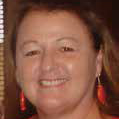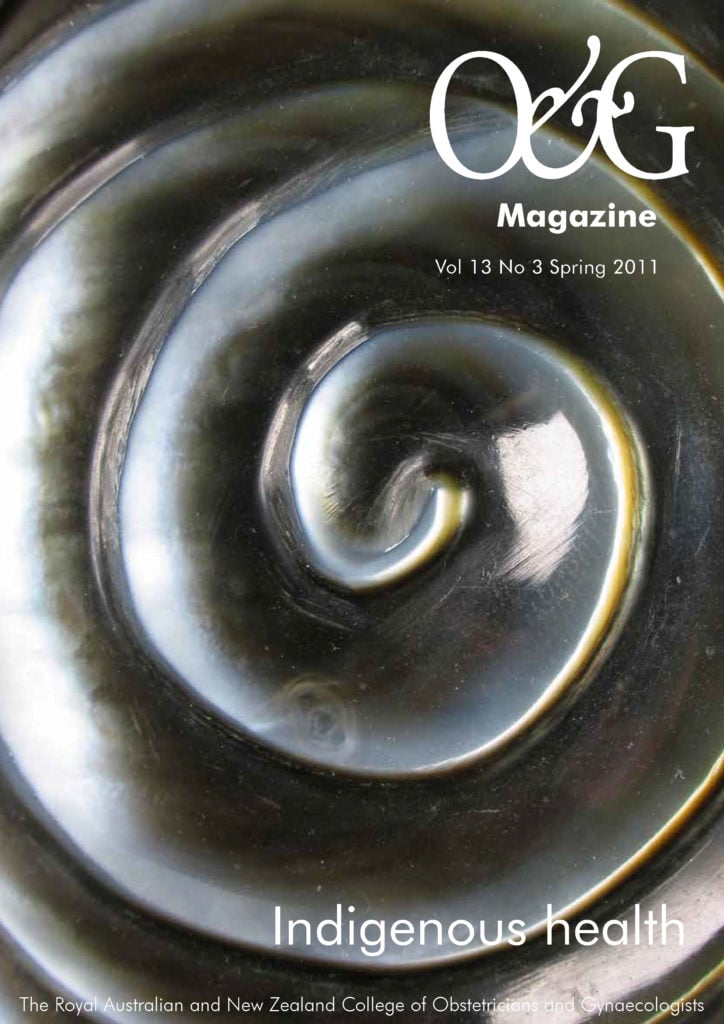A study is currently assessing the mental, physical and social wellbeing of Indigenous women who are involved with the criminal justice systems in Australia.
The over-representation of Aboriginal and Torres Strait Islander Australians (Indigenous Australians) in the criminal justice system and the prison environment, in particular, is well documented. Twenty years ago the Royal Commission into Aboriginal Deaths in Custody (RCIADC) highlighted that the rate of imprisonment for Aboriginal Australians was 11 times higher than that of the general population.1 Since the RCIADC that rate has increased significantly, with Aboriginal and Torres Strait Islander peoples now 14 times more likely than their non-Indigenous counterparts to be imprisoned and Indigenous Australians form over 26 per cent of the prison population.2 Overall, the rate of Aboriginal prisoners increased 71 per cent between 2001 and 2009, compared with a 25 per cent increase for non-Aboriginal prisoners. Alarmingly, in New South Wales alone, the incarceration of Aboriginal women increased from 17 per cent, in 1996, to 29 per cent in 2009, making Aboriginal Australian women the most over-represented group of women in prison in countries of the Organisation for Economic Cooperation and Development (OECD).
Aboriginal and Torres Strait Islander peoples with mental health disorders and cognitive disabilities (MHDCD) in Australia’s criminal justice systems (CJS) is a matter of importance to Government, policymakers, Indigenous and non-Indigenous Australians. The 2009 New South Wales Inmate Health Survey reported poorer general health for all Aboriginal people, but in particular for Aboriginal women in custody. The responses also confirmed that social and emotional wellbeing concerns – and poor mental health in particular – are highest among Aboriginal female inmates. More than half demonstrate signs of moderate to severe depression and are more likely than other inmates to:
- have been admitted to a psychiatric hospital (21 per cent);
- to be on psychiatric medications (31 per cent); and
- to have ever attempted suicide (37 per cent).
Targeted and culturally valid healthcare services and programs are fundamental to meeting these complex health needs.3 These high rates, as well as the barriers to accessing healthcare services, are both a cause and effect of health inequality. Shockingly, it appears some Indigenous Australian women only receive mental health care and disability support in prison – this is a deep-seated social injustice and a breach of their human and health rights. The fundamental question is why women with such vulnerabilities are in prison in the first place. Why did they not receive support earlier in their lives to help prevent criminalisation?
To support Indigenous women and their children towards greater wellbeing it is important to understand how they become caught up in the CJS. The majority of Indigenous women in prison are mothers with dependent children, but most lose custody of their children when they are incarcerated. Their primary concerns while in prison are for their children4, they see them rarely and desperately wish to reconnect with them when they are released, but this often does not occur. Most of the women have experienced sexual assault and/or domestic violence, experience post-traumatic stress and intergenerational trauma and return to the same circumstance they were in before prison.5,6 Transitional and post-release support and services are poorly targeted for Indigenous women and in most cases, particularly for women returning to regional and remote communities, are nonexistent.5 Housing is a perpetual problem and most are effectively homeless upon release.7 The majority of Indigenous women in prison today will return to prison quickly upon release; of course, this exacerbates poor health, especially mental health, because they cycle from a structured period in prison to a chaotic period out of prison and back again. Those with cognitive impairment are very poorly understood or supported either in the community or in prison.8
The ARC Linkage Project brings an Indigenous-informed, mixed method research approach to the study of this issue. Qualitative interviews will afford new and in-depth understandings from an Indigenous perspective and will help us gain an understanding of the quantitative findings from an existing dataset to allow a whole-of-life picture of institutional involvement. The dataset will be used to investigate the pathways Indigenous Australians with MHDCD take into, around and through the CJS and their experiences. The intent of the research is to provide evidence to work with and assist Indigenous peoples to improve outcomes for people with MHDCD.
As New South Wales accounts for over one-third of Australian prisoners and over one-quarter of Indigenous prisoners, the original dataset was drawn from the 2001 New South Wales Inmate Health Survey and the New South Wales State-wide Disability Services of Corrective Services client database. Data on the 2731 cohort members from 12 human service and criminal justice agencies were linked then merged. The cohort contains 676 Indigenous Australians. Of the Indigenous cohort, 86 per cent is male, with the remaining 14 per cent female. All but nine per cent of this Indigenous cohort has been identified as having MHDCD, a significantly higher proportion than for non-Indigenous Australian members of the cohort. A very large proportion of this group has complex needs (multiple diagnoses/disability); for example, of those with mental health disorder, 77 per cent also have a history of substance abuse, with over one-third also having a cognitive disability.
The IAMHDCD project will, in the qualitative phase, work with Indigenous communities that would like to partner with the project in New South Wales, Alice Springs and the Kimberley area to understand how MHDCD intersects with the criminal justice system for Indigenous Australians and how to change their pathways into prison.
About the study
The ARC Linkage Project: Indigenous Australians with Mental Health Disorders and Cognitive Disabilities in the Criminal Justice System is based at the University of New South Wales. The chief investigators are: Prof Eileen Baldry, Dr Leanne Dowse, A/Prof Julian Trollor and Prof Patrick Dodson. The partner investigator is: Dr Devon Indig and the PhD candidate is Elizabeth McEntyre. More information is available via the project website: https://www.mhdcd.unsw.edu.au/indigenous-australians-mhdcd-cjs-project.html
References
- Australian Bureau of Statistics, Prisoners in Australia. ABS Catalogue Number 4517.0. Canberra: Australian Bureau of Statistics and Australian Government Publishing Service; 2010.
- Baldry E. Home Safely: Aboriginal Women Post-release and their Children, Indigenous Law Bulletin 2009 7(15):14–17.
- Baldry E. Women in transition: prison to … Current Issues in Criminal Justice 2010 22(2):254–267.
- Baldry E. & McCausland R. Mother: seeking safe home. Aboriginal women post-release, Current Issues in Criminal Justice 2009
21(2):288–301. - Commonwealth of Australia Recommendations of the Royal Commission into Aboriginal Deaths in Custody Report, Canberra: Australian Government Publishing Service; 1991.
- Indig D, Topp L, Ross B., Mamoon H, Border B, Kumar S & McNamara M. 2009 Inmate Health Survey: Key Findings Report Sydney: Justice Health; 2010.
- Baldry E, McDonnell D, Maplestone P & Peeters M Ex-prisoners, accommodation and the state: post-release in Australia. ANZ Journal of Criminology 2006 39(1):20–33.
- Lawrie R. Speak out speak strong: Researching the needs of Aboriginal women in custody Australian Indigenous Law Reporter 2003 8(2): 81–84.







Leave a Reply